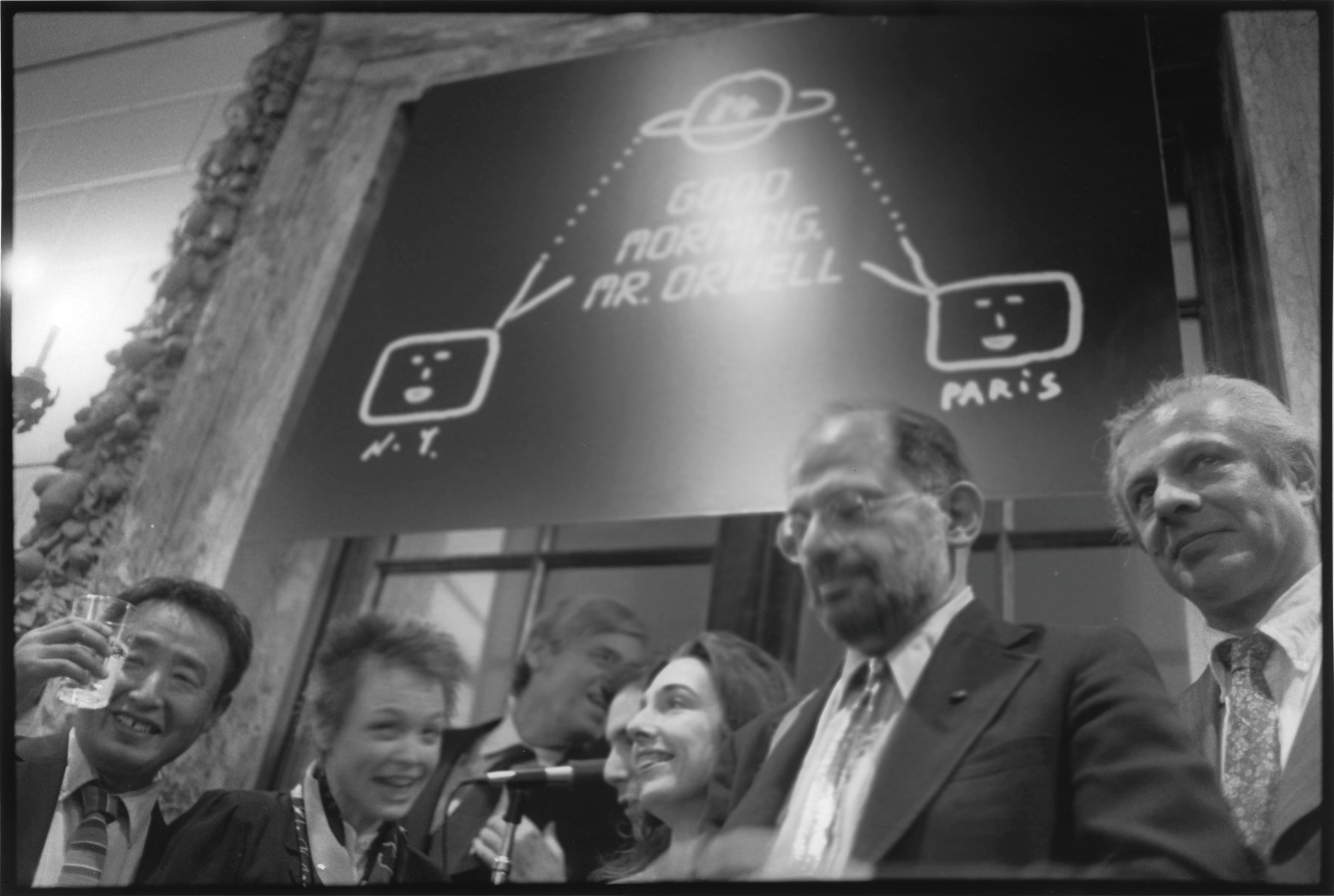
In homage to Nam June Paik’s satellite art in the 20th century—which envisioned encounters that transcend time and space through the convergence of art and technology—the Nam June Paik Art Center and Pinacoteca de São Paulo are organizing a forum on Nam June Paik’s Legacy. This marks the second meeting between the two museums, following the April 2025 forum at Pinacoteca de São Paulo, and serves as a step toward their upcoming co-curated exhibitions in November 2026. As part of an ongoing translocal exchange, the forum explores how Paik’s legacy resonates across borders.
Part 1 highlights transcultural scenes emerging beyond the physical distance between Brazil and Korea, focusing on language, music, and broadcasting. It examines the generative pathways created when different cultures intersect, with particular attention to the communicative power of language and the expansive nature of music and broadcast media.
Part 2 revisits Paik’s satellite art as it was transmitted across the globe—including to Korea and Brazil in the 1980s—and reflects on the resonances between his legacy and contemporary Brazilian art. This session considers how media experimentation works as artistic practices that connect individuals and communities, local and global spheres, and past and future.
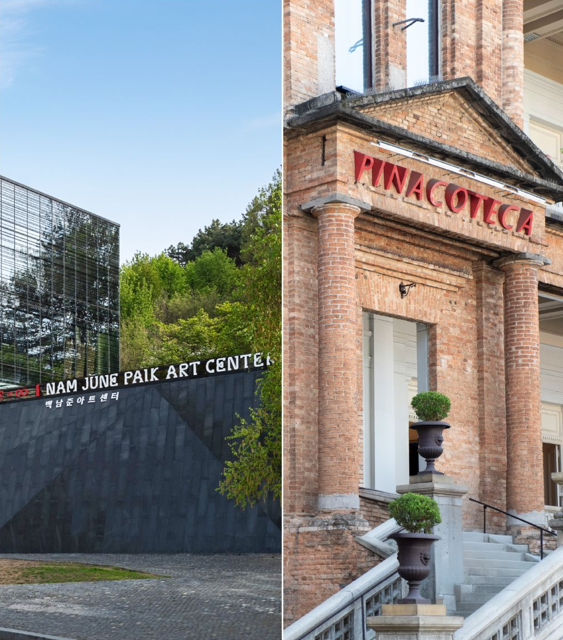
Speakers
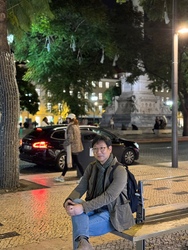
Doo Bin Im
He completed his Ph.D. in Applied Linguistics at São Paulo State University (Unesp), Brazil, and is currently a professor at the Institute for Iberoamerican Studies and the Department of Portuguese (Brazilian) at Busan University of Foreign Studies (BUFS). He teaches Portuguese and introduces students to the cultures and societies of the Portuguese-speaking world, with a particular focus on Brazil. Since the beginning of this year, he has been serving as the President of the Korean Association of Luso-Brazilian Studies. He is also the Editor-in-Chief of the KCI-listed journal Iberoamérica. His main research interest is to record and analyze, with what he terms a 'constructive paranoia,' the unique ways in which Brazilians construct and perceive reality in everyday life, as well as the underlying grammar of their thought. His most recent paper, “The Historical Development and Challenges of Brazil’s Public Cultural Policies”(2024), has been published. In addition to his academic papers, he has translated and published Roberto DaMatta’s O que faz o brasil, Brasil? (Rocco, 1986) in Korean in 2015.

Heekyung Na
Heekyung Na is a prominent artist known for introducing bossa nova and Brazilian music to Korea, contributing significantly to the musical exchange between Korea and Brazil. Since her debut in 2010, she has expanded her musical spectrum through active collaborations with renowned Brazilian musicians such as Ivan Lins, Roberto Menescal, Leila Pinheiro, Celso Fonseca, and Jaques Morelenbaum in Rio de Janeiro, establishing herself as a uniquely recognized artist within the Brazilian bossa nova scene. Beginning with her first album 'Heena' in 2011, which featured Brazil's finest performers, her second and third albums were consecutively nominated for the Best Jazz & Crossover - Crossover Album category at the Korean Music Awards, recognizing her continuous exploration and musical achievements. Currently dividing her time between Brazil and Korea, she continues to introduce the diverse rhythms and emotions of Brazilian music to Korean audiences. In 2024, she released her fifth studio album 'BOSSA,' recorded as a duet with first-generation bossa nova artist Roberto Menescal, and became the first Korean to perform on stage at Blue Note Rio. Her music creates a unique musical world that maintains the essential characteristics of Brazilian music while incorporating Korean sensibilities, exploring the potential of music as a universal language that transcends cultural boundaries.
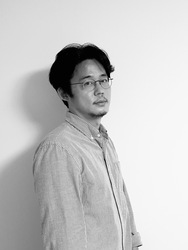
Taewoong Lee
Joined KBS (Korean Broadcasting System) in 2003 as a sports producer and is currently producing documentaries in the Culture and Education Department. In 2014, he spent a month in Brazil covering the FIFA World Cup. He produced 88/18, a documentary marking the 30th anniversary of the Seoul Olympics in 2018, and the 20-episode series Modern Korea, which began in 2019. By utilizing KBS’s extensive historical footage, he has spotlighted key moments in modern Korean history. His works have been invited to the International Film Festival Rotterdam and praised as “valuable projects only public broadcasting can achieve.”
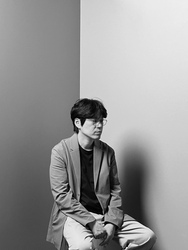
Bookyung Son
Bookyung Son majored in art theory at Hongik University and received his Ph.D. in Art History from Binghamton University, State University of New York. His doctoral research explored the antagonistic dynamics in the Korean reception of Nam June Paik and the initial formation of Korean media art. He contributed to the Korean translations of Critical Terms for Media Studies and Nicolas Bourriaud’s Postproduction. His recent publications include “Binghamton Letter: Nam June Paik at ETC” (2023), “Always Already Intertwined: Elemental Media in Park Hyun-ki’s Video Sculpture” (2023), and “Antagonism in Nam June Paik’s Return to Korea in the 1980s” (2024). As an art historian, his research primarily investigates the trajectories and operations in postwar art, focusing on the culturally specific situations of technology and media environments.
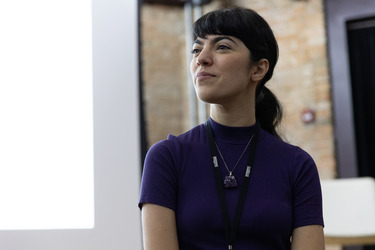
Ana Maria Maia Antunes
Ana Maria is a researcher, curator, and professor of modern and contemporary art. Since 2019, she has worked at the Pinacoteca de São Paulo, where she currently serves as chief curator. She holds a PhD in Theory, History, and Criticism of Art from the University of São Paulo (2018). She is the author of the books Flávio de Carvalho (Azougue, 2014) and Arte-veículo: intervenções na mídia de massa brasileira (Circuito e Aplicação, 2015), the latter of which was awarded the Critical Production Stimulus Grant by the Brazilian Ministry of Culture.

Ana Paula Lopes
Ana Paula is currently a curatorial assistant at the Pinacoteca de São Paulo and a faculty member in the Visual Arts program at Santa Marcelina College (SP). Her research focuses on the geopolitical space in curatorial practice, drawing on the work of geographer Milton Santos and the history of exhibitions in Latin America during the 1970s and 1980s. She has worked at the White Cube, Mendes Wood DM, and Jaqueline Martins galleries. She has published texts in Revista Terremoto (Mexico) and Experiências Negras (a digital publication by Instituto Tomie Ohtake). She was the producer of “Paisagens Expandidas,” a solo exhibition by Sandra Mazzini at the Museu Nacional da República (Brasília), coordinated the educational program of the exhibition “Mãe Preta” at Funarte-SP, and served as assistant curator at Instituto Tomie Ohtake.
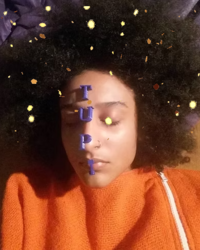
biarritzzz
biarritzzz is an anti-disciplinary transmedia artist who investigates languages, codes and media. She believes that magic and the low resolution are important counter-narratives to live the current cosmological dispute of realities. Has participated in exhibitions at MAM Rio, Museu do Amanhã, Kunsthall Trondheim, State Of Concept Athens, Delfina Foundation, Plataforma Satélite (Pivô Arte e Pesquisa), A.I.R Gallery, Centro Cultural São Paulo, The Wrong Biennale, FILE, The Shed NY, among others. She is part of the collections of MASP, Rhizome Artbase (New Museum), KADIST Foundation, Museu Nacional da República and Instituto Moreira Salles. She was a Pipa Award 2023 and 2024 nominee.
Nam June Paik’s Legacy : Video Art, Broadcasting Technologies and Transcultural Dialogues




